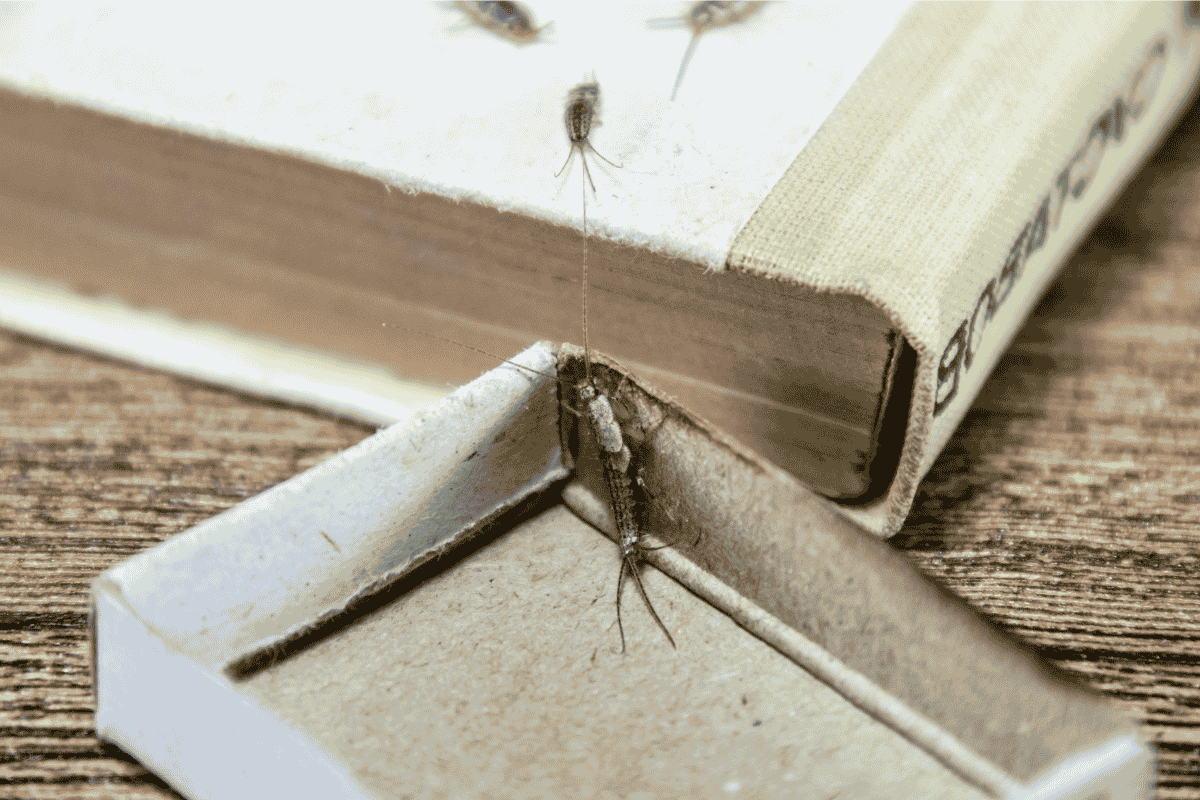Silverfish infestations are on the rise. Especially in Dublin. In the past two years, Ultimate Pest Control has completed a record number of silverfish pest control jobs. And the vast majority of these jobs have been in the capital. Despite being a common pest, not many people know about silverfish. More often than not, customers call about a silverfish infestation, however, they don’t even know what they are. So we decided to answer the most common questions we get about silverfish.
What are silverfish?
Silverfish are nocturnal insects. They are metallic-grey in colour. And have small scales. Silverfish measure between 10 to 12mm in length. And have two antennae on top of their heads. Finally, they have a tapered tail-like appearance. Silverfish move very fast. In a manner that resembles that of a fish. Therefore, both appearance and movement have contributed to the moniker silverfish.
Silverfish infestations tend to grow rapidly. One silverfish can lay up to 60 eggs per day. Therefore, in the right environment, a small infestation is likely to get out of control very fast.
Where am I likely to find a silverfish infestation?
Silverfish thrive in warm and humid environments. Therefore, silverfish gravitate towards bathrooms and kitchens. As these rooms tend to be warmer and damper than other rooms. Additionally, silverfish infest attics and around boilers. If you suspect a silverfish infestation, the best thing to do is thoroughly check these areas at night.
Are silverfish infestations dangerous?
Silverfish are not directly dangerous to humans. However, they are one of the more destructive pests. And due to their nocturnal eating habits, and fast reproduction rates, a silverfish infestation can cause significant damage before you even know they are there.
Silverfish eat sugar and carbohydrate-rich diets. And they are not fussy eaters. From cereals and grains to books, cardboard, and tissue. Nothing starchy is off-limits. They even eat through wallpaper, flooring and clothes. Not to mention human hair.
Additionally, it is worth noting that silverfish can result in allergic reactions in sensitive persons. This is because of the scales they leave behind when shedding their skin – the process known as moulting. These scales mix with the dust and can trigger reactions when inhaled. For instance, a study published in the Allergologia et Immunopathologia showed that silverfish stimulate breathing difficulties in persons affected by the common indoor allergens. Don’t worry about them crawling into your ears though. That’s just a myth. These insects actively try to avoid humans.
Contact UPC about silverfish infestations
Do you need a quote for a silverfish treatment? Call or email Ultimate Pest Control today for a solution you can trust!

